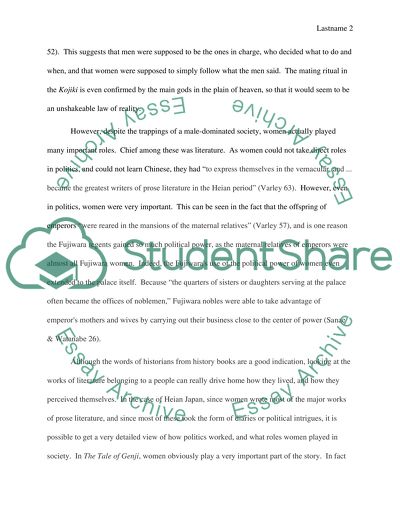Cite this document
(“Women's Role in Heian Japan in Tale of Genji Essay”, n.d.)
Retrieved from https://studentshare.org/literature/1463951-womens-role-in-heian-japan-in-tale-of-genji
Retrieved from https://studentshare.org/literature/1463951-womens-role-in-heian-japan-in-tale-of-genji
(Women'S Role in Heian Japan in Tale of Genji Essay)
https://studentshare.org/literature/1463951-womens-role-in-heian-japan-in-tale-of-genji.
https://studentshare.org/literature/1463951-womens-role-in-heian-japan-in-tale-of-genji.
“Women'S Role in Heian Japan in Tale of Genji Essay”, n.d. https://studentshare.org/literature/1463951-womens-role-in-heian-japan-in-tale-of-genji.


